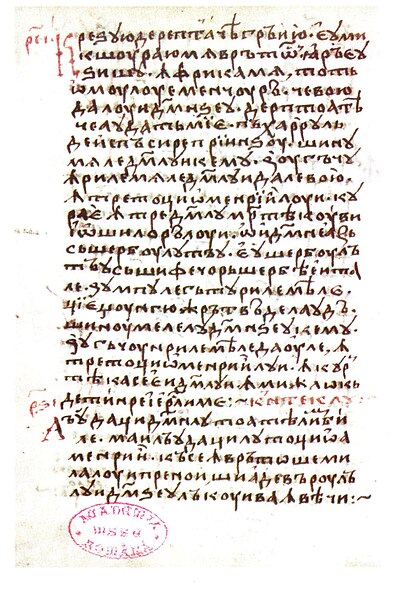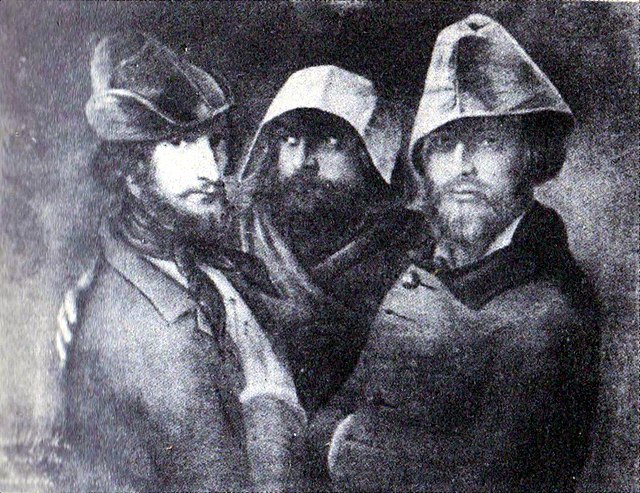Old Romanian is the period of Romanian language from the 16th century until 1780. It continues the intermediary stage when the dialect continuum known as ‘Daco-Romanian’ developed from Common Romanian, and Modern Romanian, the period of Romanian language set in post-Enlightenment times.
A page from Hurmuzaki Psalter
Neacșu's letter is the oldest surviving document written in Old Romanian that can be precisely dated
The room and printing press of Deacon Coresi, Brașov
Romanian is the official and main language of Romania and Moldova. Romanian is part of the Eastern Romance sub-branch of Romance languages, a linguistic group that evolved from several dialects of Vulgar Latin which separated from the Western Romance languages in the course of the period from the 5th to the 8th centuries. To distinguish it within the Eastern Romance languages, in comparative linguistics it is called Daco-Romanian as opposed to its closest relatives, Aromanian, Megleno-Romanian, and Istro-Romanian. It is also spoken as a minority language by stable communities in the countries surrounding Romania, and by the large Romanian diaspora. In total, it is spoken by 25 million people as a first language.
Neacșu's letter is the oldest surviving document written in Old Romanian that can be precisely dated
Lithograph of a group portrait by Constantin Daniel Rosenthal, showing Paris-based revolutionaries during the early 1840s. From left: Rosenthal (wearing a Phrygian cap), C. A. Rosetti, anonymous Wallachian
Ion Creangă
Hurmuzaki Psalter, written around 1500





